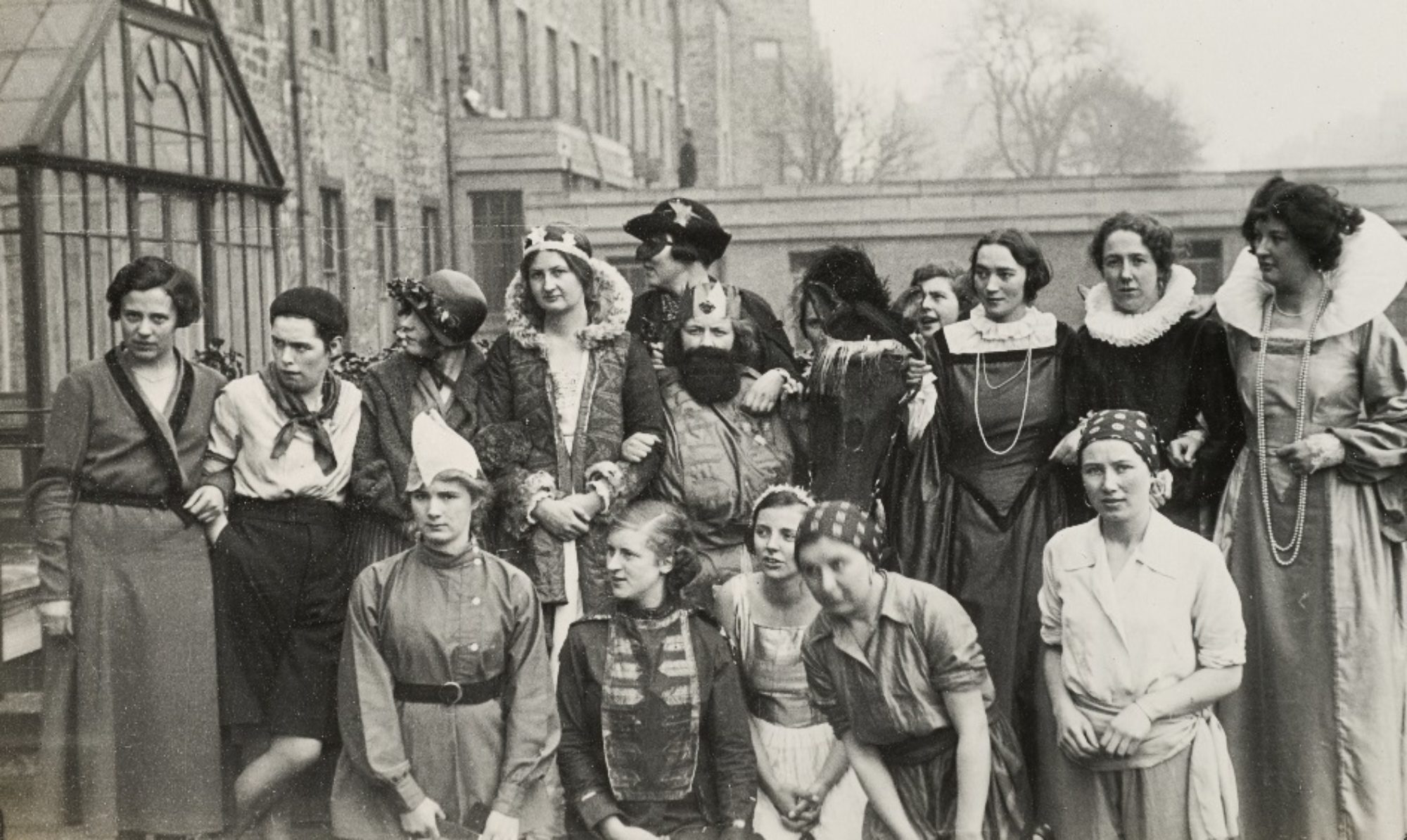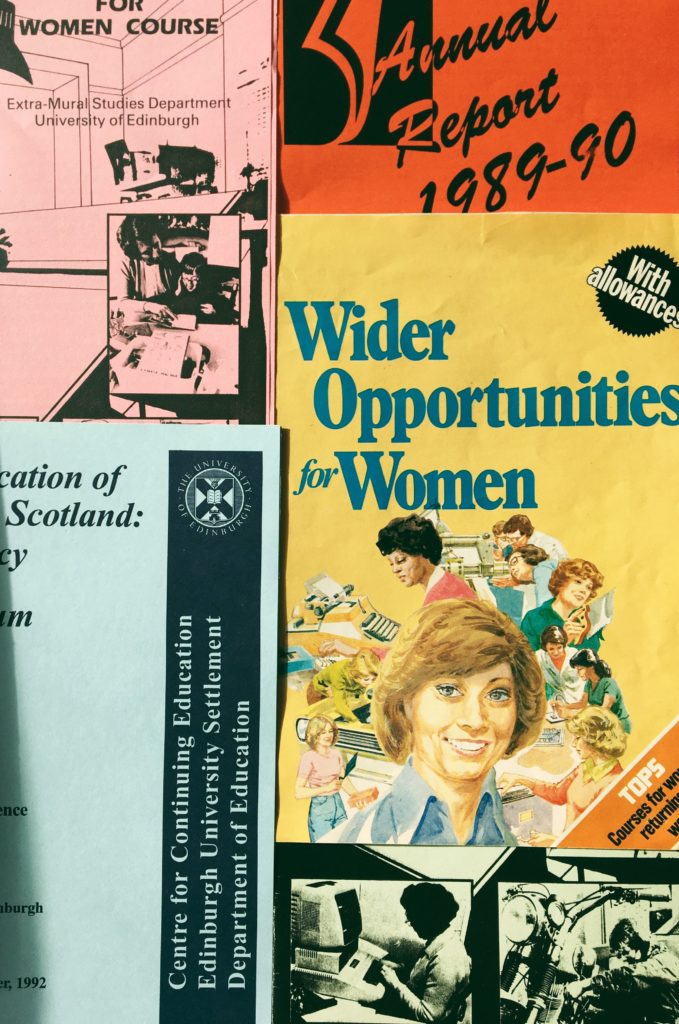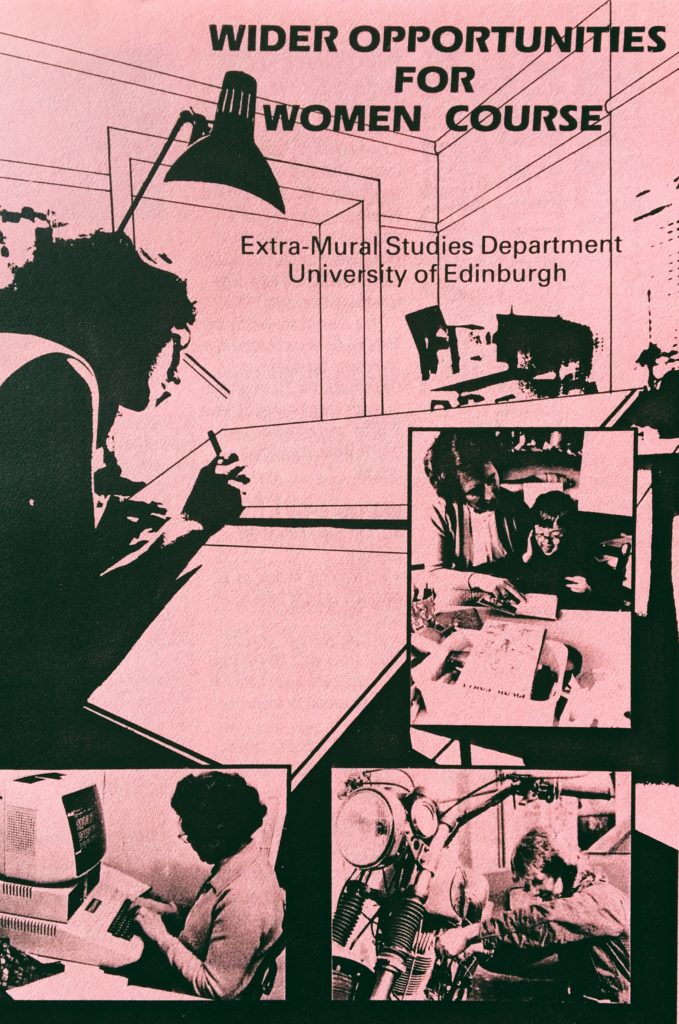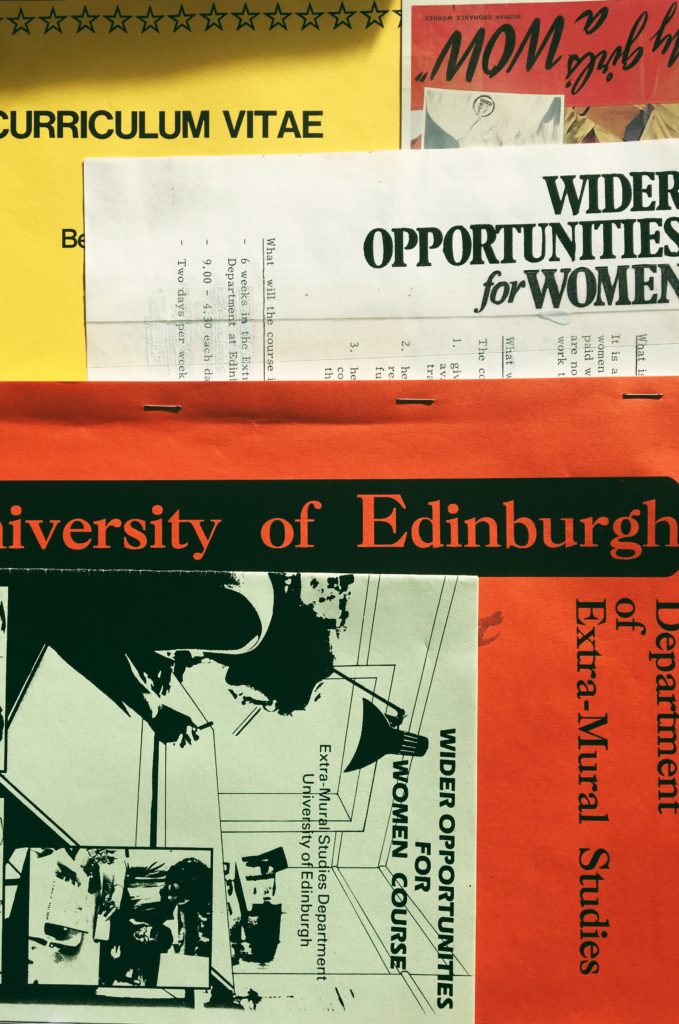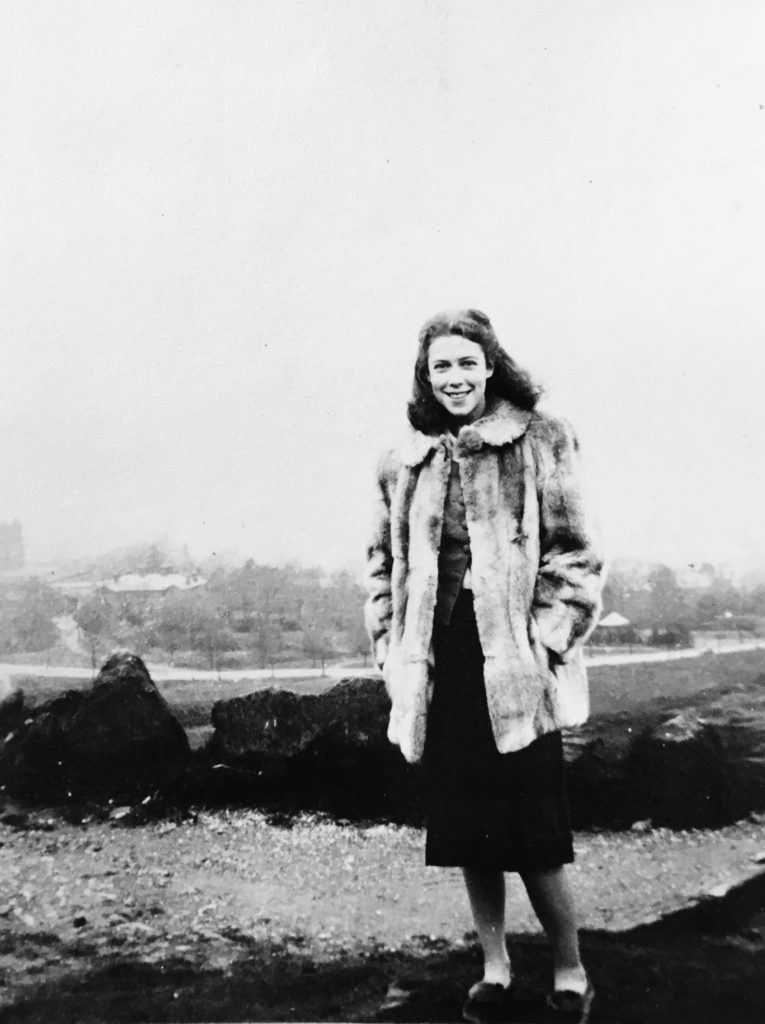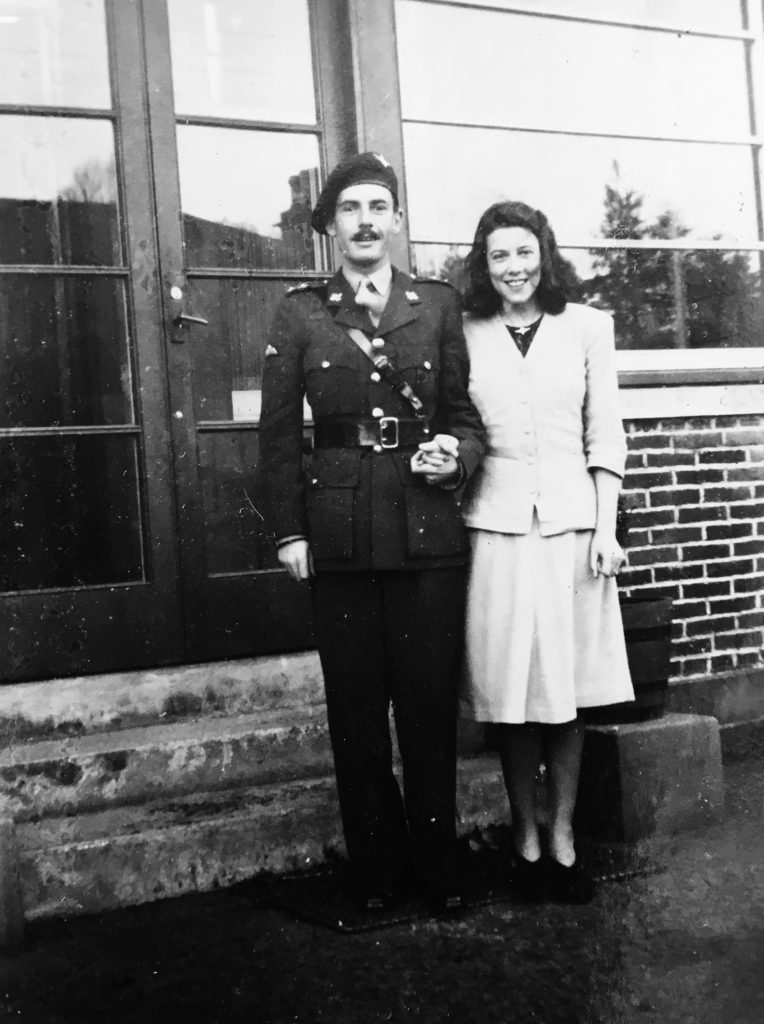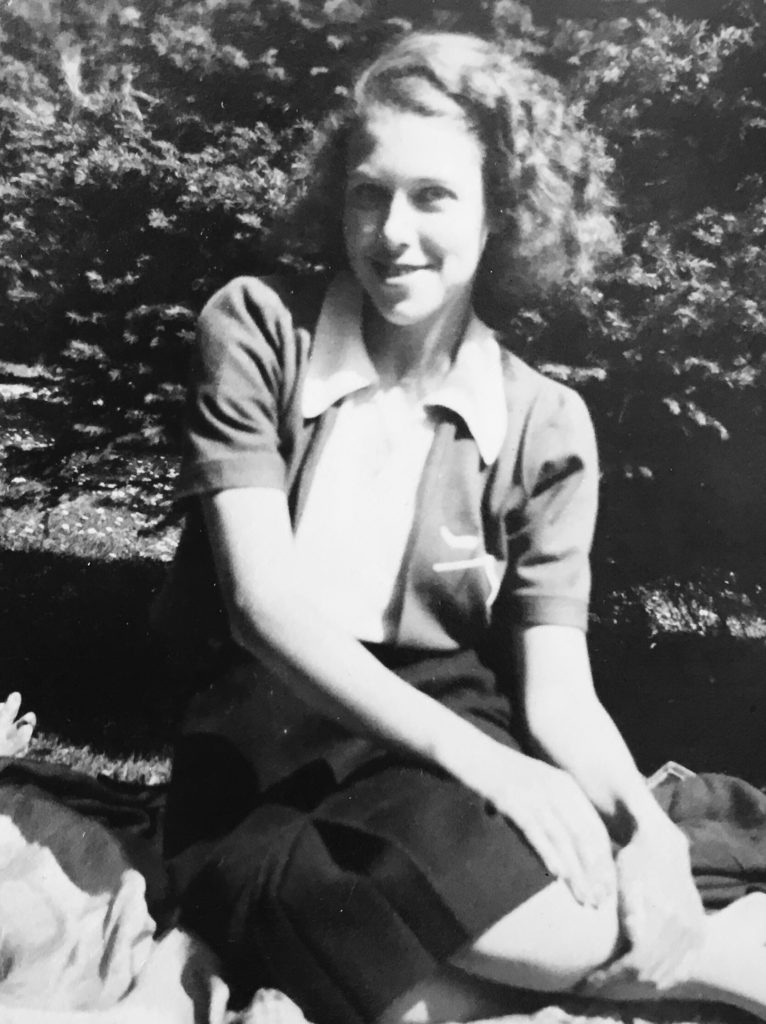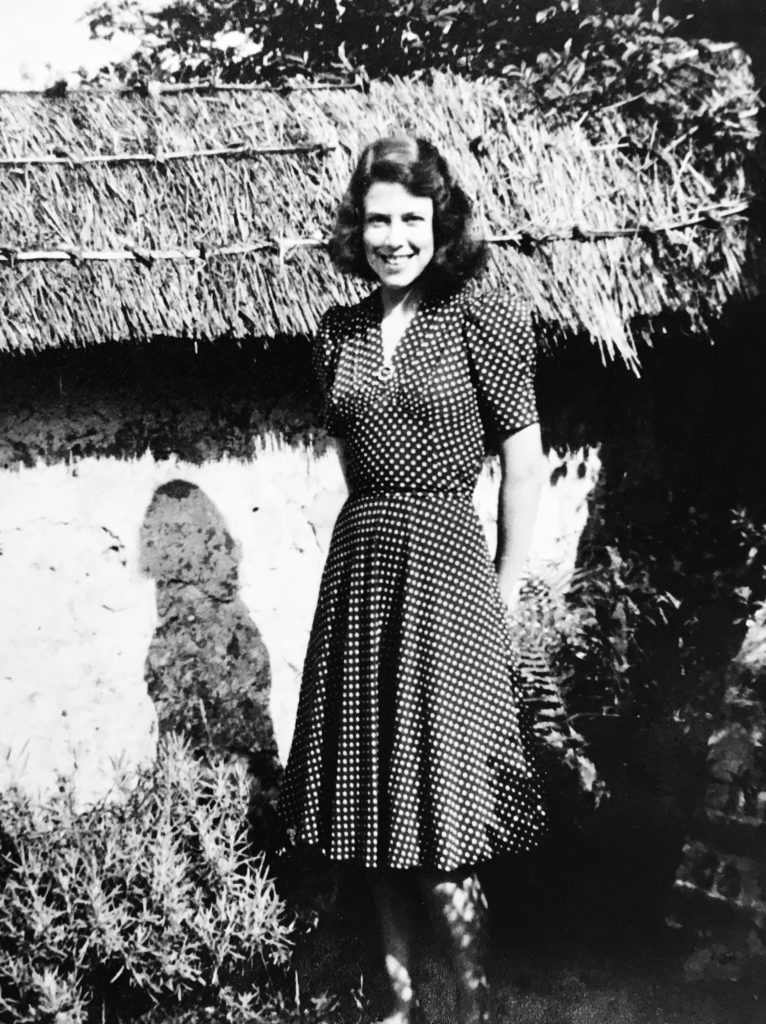Born in Duns on 10th December 1897, Helen M. Lowe left Berwickshire High School at the age of 16 to pursue a career beyond traditional educational settings. Following her failure to graduate, she decided to move to England and soon joined the offices of the Post Office Savings Bank in London, where she worked as a clerk throughout the First World War. This was to be only the first of a series of rebellious acts that made Helen, in many ways, a revolutionary woman for her time.
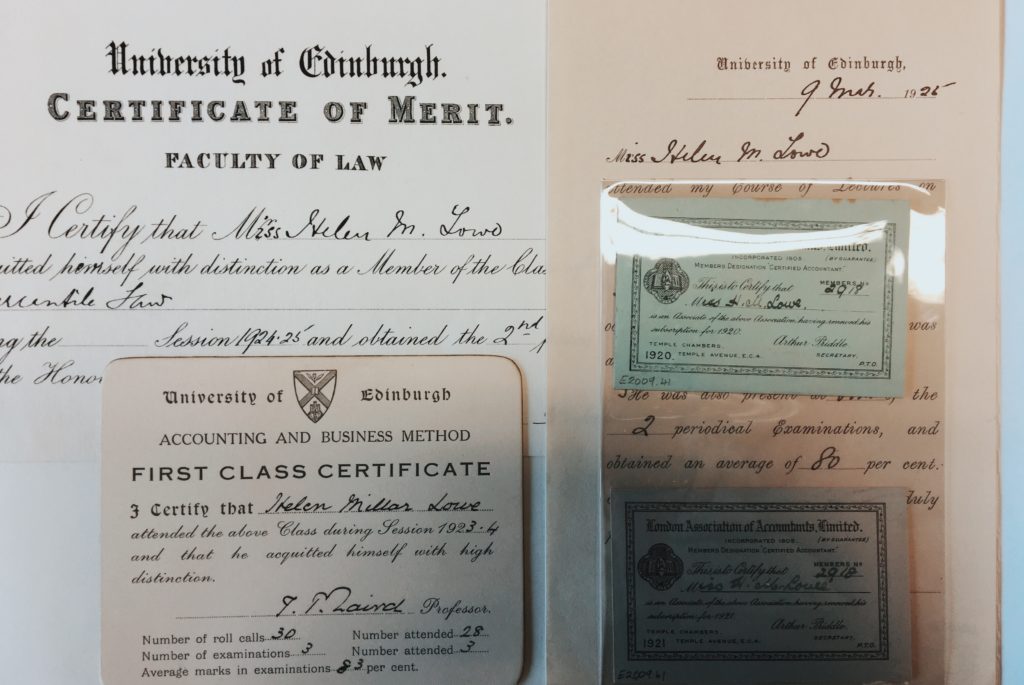
Upon the coming into force of the Sex Disqualification (Removal) Act 1919, Helen decided to return to Scotland to begin an apprenticeship with chartered accountants Chiene and Tait, a post that she held for nine years. In 1926, after long and extensive training and supplementary classes at The University of Edinburgh, Helen became the third woman in Edinburgh to officially enter the register of Chartered Accountants. As ‘a would-be pioneer in one of the most conservative professions,’ however, Helen did not content herself with her achievements, and two years after her qualification as a Chartered Accountant, she left Chiene and Tait to open her own business in Queen Street, Edinburgh, the first female Chartered Accountant to do so within the city.
Helen’s incredible tenacity and business acumen, led her to set up an extremely successful business. At her death on 6th November 1997, Helen left a £7m fortune built on a portfolio of stocks and shares and several properties around Edinburgh.
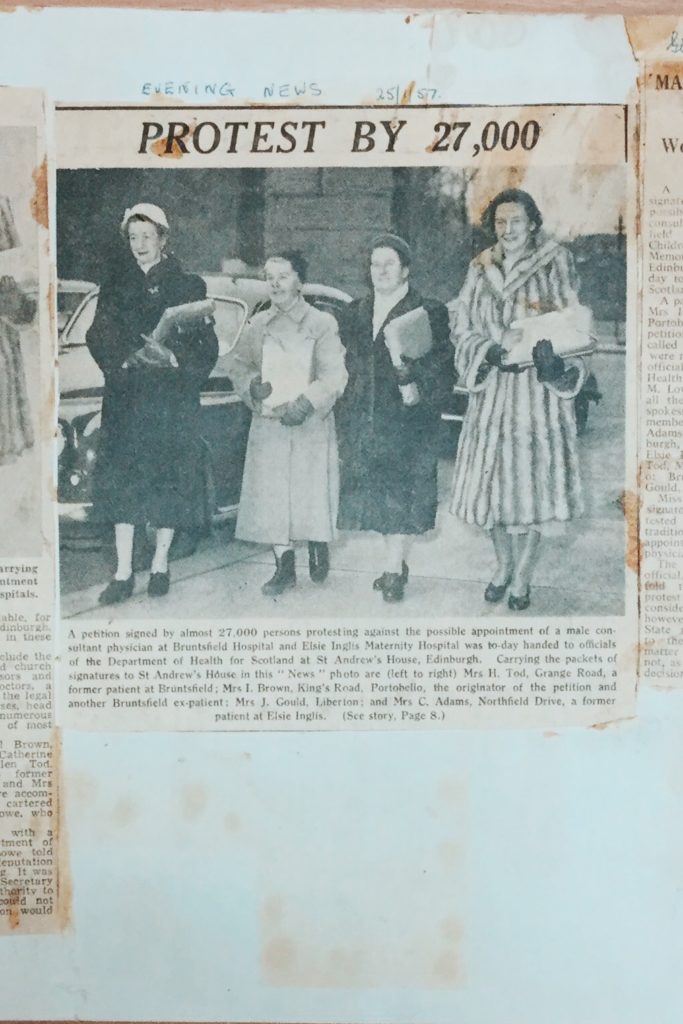
Yet, Helen is remembered for more than just business success. A keen participant in the life of her community, Helen invested much of her time in charitable work, particularly in the service of women and the elderly. As honorary treasurer and secretary of many charitable bodies, Helen dedicated her life to the well-being of those within and without her social circle, advocating for several important causes on a local level.
Her most notable effort is, without a doubt, her campaign in support of the Bruntsfield Hospital for Women and Children and the Elsie Inglis Memorial Maternity Hospital. Originally conceived as ‘Institutions that are staffed by legally qualified medical women and in particular which afford to women and children the opportunity of consulting and being treated by medical women,’ the two hospitals offered critical and much-needed services to the community they served. Therefore, when in 1957 the South-Eastern Regional Hospital Board made the decision to advertise a vacancy for Consulting Physicians at the hospitals as open to both men and women, protests ensued. Helen quickly joined forces with other protesters, organising a committee to mount a strategic campaign. In April 1957, a mass meeting took place in the Usher Hall to raise awareness of the issue:
It was a splendid meeting. There were queues at each door an hour before the time, and the body of the Hall, the Main Gallery, and a large part of the Organ Gallery were filled to capacity.
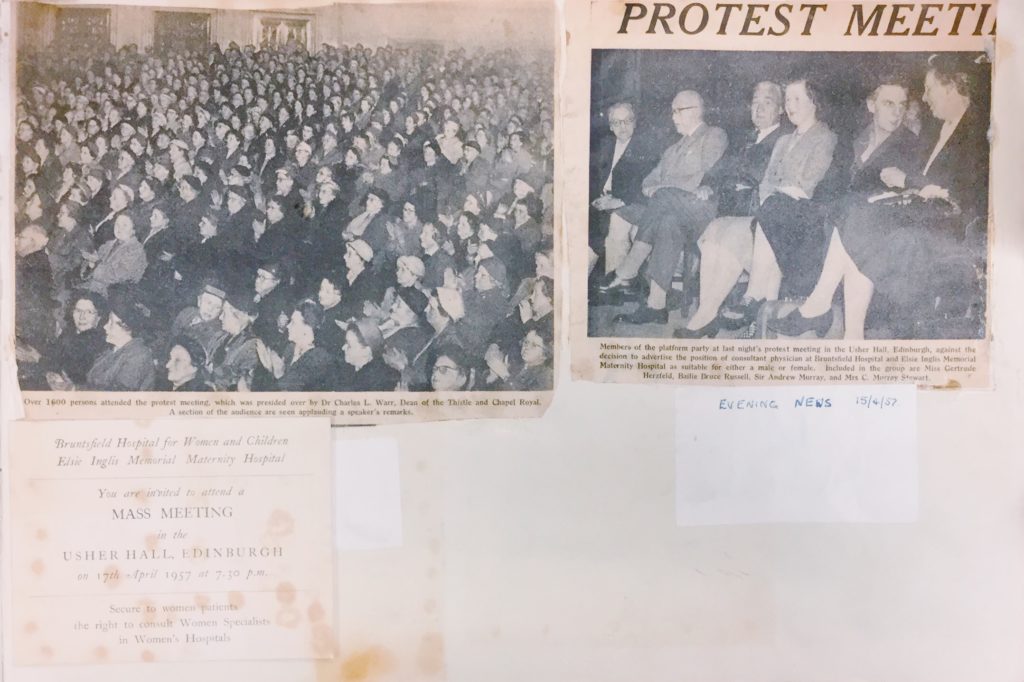
Following the success of the meeting, which the Weekly Scotsman described as ‘one of the most remarkable demonstrations yet made against State management in this country,’ several initiatives were encouraged for the promotion of the campaign. When the Board remained firm in their decision, however, Helen begun seeing the necessity of taking matters further:
The gloves are off now, and we are really rolling our sleeves and saying “Let the battle commence.”
After pleads to the Secretary of State went unheard, Helen and ten more prominent local women took the issue to the Court of Session. The case was heard in October 1957, and, a few weeks later, a judgement in favour of the campaigners was finally pronounced. In May 1958, a female physician was finally appointed to the post. The status of the hospitals had been preserved.
Shortly after the successful end of the campaign, members of staff at the Bruntsfield Hospital for Women and Children and the Elsie Inglis Memorial Maternity Hospital wrote to Mrs. Lowe to thank her for her engagement with the campaign:
The whole conduct of the campaign with its successful outcome has filled us with admiration and we feel that a large part of its success was due to your ungrudging selfless work on our behalf. We owe you a debt that we can never repay.
Helen’s strenuous efforts in support of the campaign –testified in her extensive correspondence with various members of both the general public and governmental institutions— garnered not only the gratitude of those directly affected by her selflessness and determination, but the status of pioneering woman above and beyond her professional career. Helen’s words in response to those thanking her speak of her legacy:
It will be a pity if Scotsmen and women were to accept all the dictates of the bureaucrats. I think, however, that we still have amongst us far too many people of independent mind for that to happen.
As a woman of ‘independent mind,’ Helen did much to protect the vulnerable and ensure that injustices would not go unchallenged. In 1964, her active and passionate participation in charitable work was rewarded with an MBE as part of the New Year Honours.
